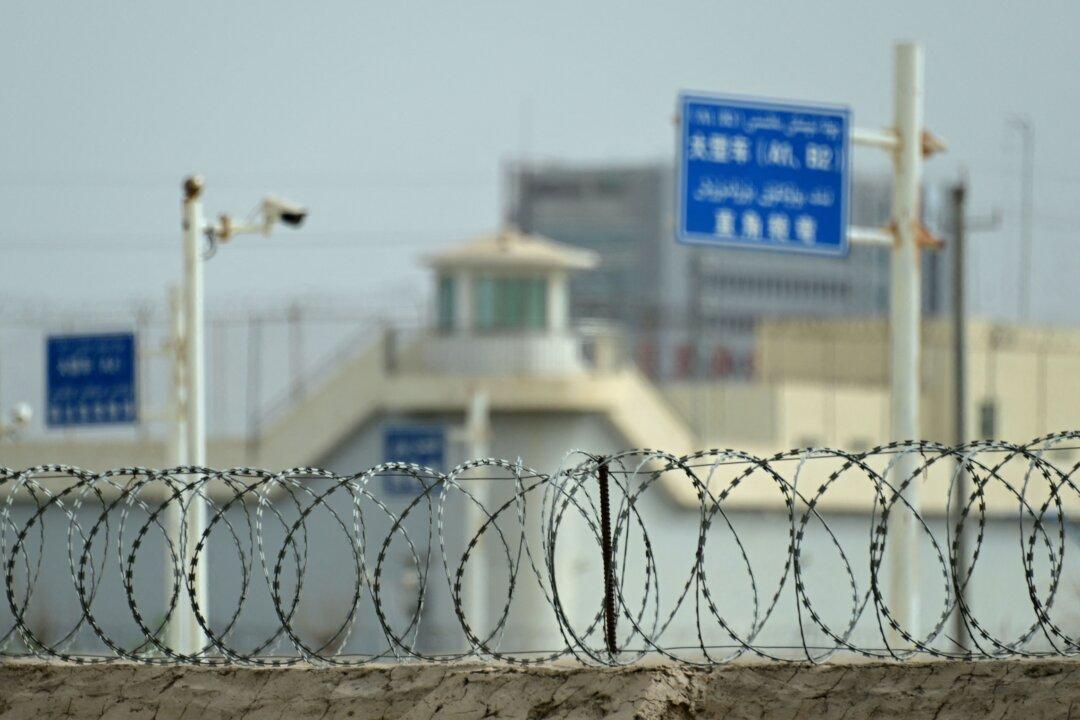Japan’s nuclear regulators on Friday approved a plan to release treated water from the wrecked Fukushima nuclear power plant into the sea, giving Tokyo Electric Power (TEPCO) permission to construct discharge facilities.
TEPCO said it planned to release treated water to a coastal facility, where it will be diluted with seawater and then sent through an undersea tunnel with an outlet 1 kilometer (0.6 miles) away to minimize the impact on local fishing.





